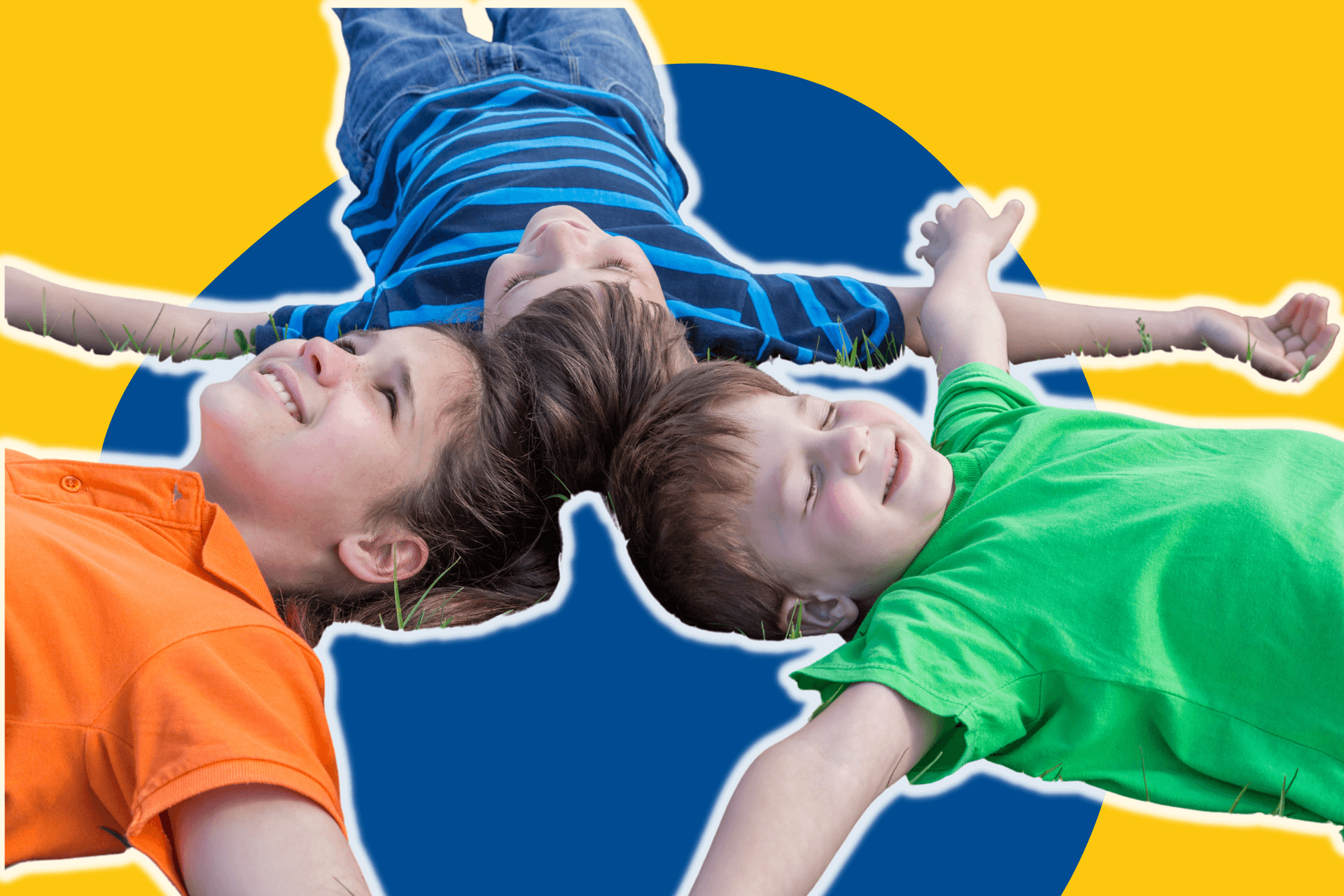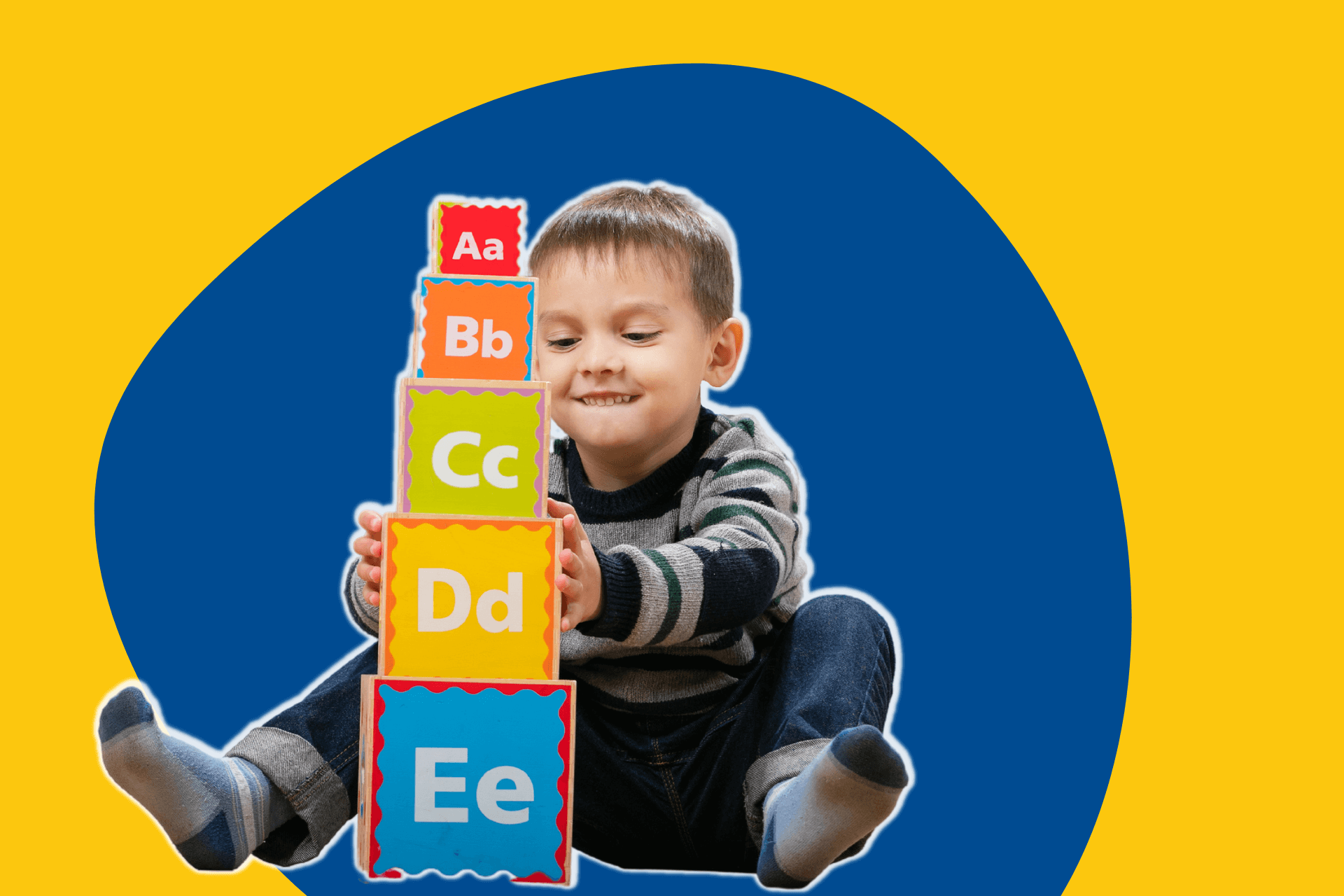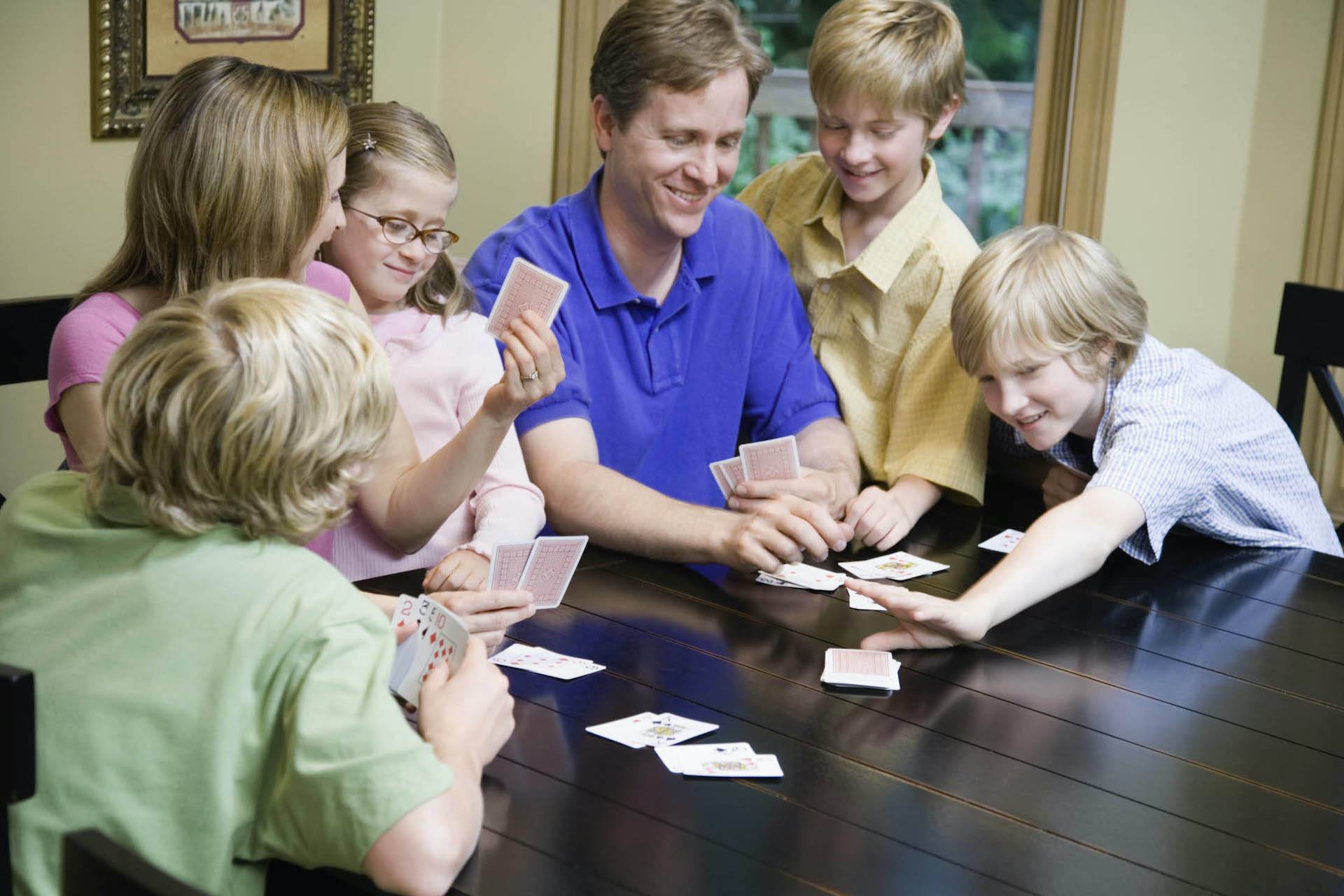What is physical literacy?
"Physical literacy is the motivation, confidence, physical competence, knowledge, and understanding to value and take responsibility for engagement in physical activities for life."
International Physical Literacy Association, 2014

The 5 core elements of physical literacy
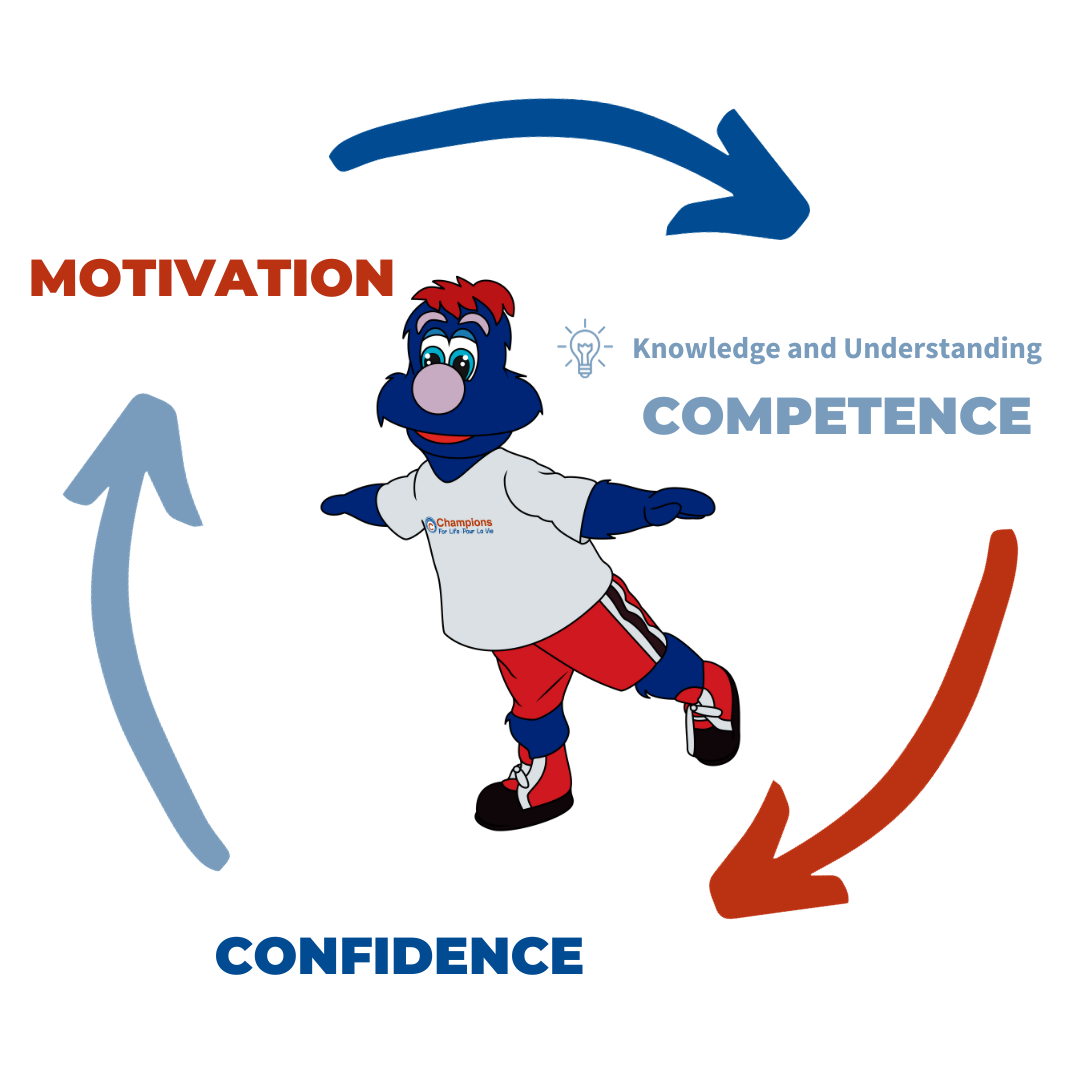
-
Physical Competence
Physical competence refers to an individual’s ability to develop movement skills and patterns and the capacity to experience a variety of movement intensities and durations. Enhanced physical competence enables individuals to participate in various physical activities and settings.
-
Confidence
Confidence comes with practice and mastery of skills. It is about believing in your abilities and having the confidence to try new things because you have a history of success.
Confidence is frequently viewed as a principal outcome of physical competence. As individuals develop competence, they generally experience increased confidence to apply those
skills in different sports and activity settings.
However, confidence can also be an essential precursor to engaging in the activities that develop these skill competencies. This confidence may relate to existing perceptions of social acceptance and connectedness or feelings of support from family, friends, teachers, and coaches. In this sense, confidence is largely interdependent with other essential
elements of physical literacy, including motivation and competence.
-
Motivation
Whether an individual is participating in a sport,
adopting an exercise program, or just having fun
with friends, motivation is essential. Motivation has many dimensions, but the most commonly identified elements concerning physical literacy are competence and confidence. Motivation to participate is higher when an individual believes they can perform the necessary skills.
-
Knowledge & Understanding
Knowledge and understanding include the ability to identify and express the essential qualities that influence movement, understand the health benefits of an active lifestyle, and appreciate appropriate safety features associated with physical activity in a variety of settings and physical environments.
Physical literacy is part of our identity. It represents more than just instrumental knowledge about health risks and benefits. It is coming to see oneself as an active, physical human being. Participation in activities helps to shape our knowledge of ourselves.
-
Engagement & Enjoyment
When the elements of motivation, confidence,
physical competence, knowledge, and understanding come together they are powerful determinants of participation. When physical movement is enjoyable, the ties between competence, confidence, and movement skills are strengthened. However, humans are inherently pleasure-seeking: we avoid activities that we dislike. Therefore, it is important to
create positive feelings towards physical activity.
Meaningful movement
How is physical literacy different from physical activity?
Physical Activity is how you move and the energy you use while moving. In contrast, Physical Literacy is the development of fundamental movement skills that allow you to participate in various physical activities. These factors are connected as our physical literacy affects our participation in physical activities and our commitment to being active for life.
What are fundamental movement skills?
Fundamental Movement Skills (FMS) are the building blocks of Physical Literacy and can be organized into three categories: Balance, Locomotion, and Object Manipulation Skills. FMS help children read their environment, make appropriate decisions, and move confidently and with control in various physical activity situations.
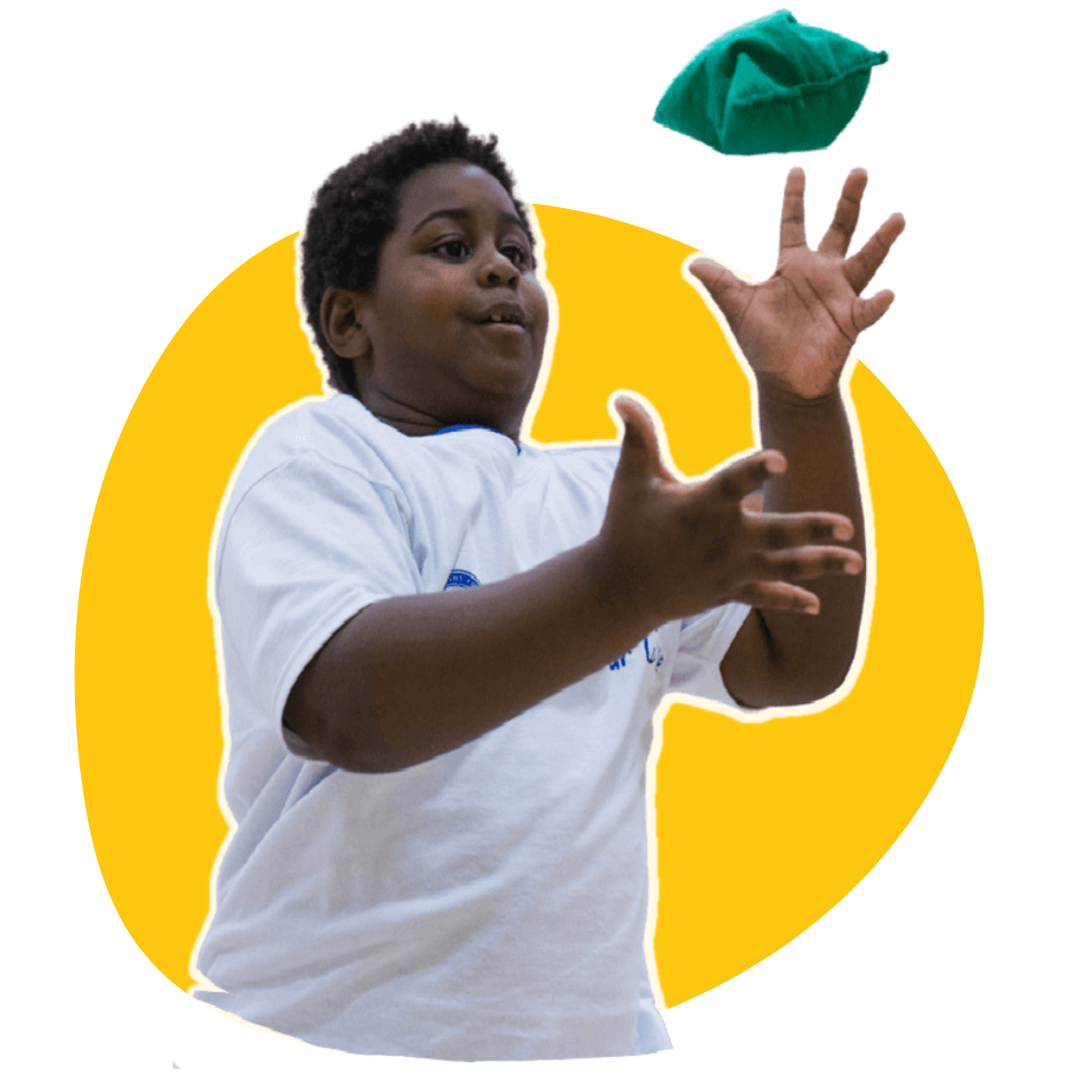
Static and Dynamic Balance Skills
Riding a bike or scooter, trampoline, or swimming requires dynamic balance. Therefore, a child needs to learn to balance correctly. When our nervous system is formed, and we can move, our bodies develop strength and stability. We have balance when the body works together to coordinate a movement involving strength and stability!
Balance Skills Include:
Balancing on one foot, bending, crawling, landing, rolling, rotating, spinning, stretching, stopping, swinging, dodging, floating, twisting, turning, walking on a line or a beam, and more.
Locomotor Skills
Locomotion pertains to the physical actions that enable children to move through different environments, moving their bodies from one place to another. When a locomotor skill is used, the individual is propelled forward, backward, or to the side, causing them to be in a different location than when the skill was initiated.
Continuous instruction of basic locomotor skills allows for their complex development, meaning that more difficult locomotor skills may be completed successfully over time.
Locomotion Skills Include:
Walking, running, jumping, hopping, crawling, marching, climbing, dodging, galloping, sliding, swinging, rolling, leaping, hopping, skipping, and more.
Object Control and Manipulative Skills
Object manipulation skills are a child's ability to move or receive an item with accuracy and control. In short, it is the ability to move an object with the feet, hands, or body.
When we think of object manipulation skills, our thoughts mainly turn to throwing and catching, but other movements, such as dribbling, striking, and kicking, also apply.
Object Manipulation Skills Include:
Catching, overhand throw, underhand throw
punt kicking, striking with an implement, two-handed striking, hand dribbling, foot dribbling, kicking, chest passing, volleying, and more.
Be inspired!
Get active at home.
Let’s Stay Connected
Join our mailing list so we can keep you updated about upcoming events and new program initiatives, share our impact and more.
Let's stay connected
We will get back to you as soon as possible.
Please try again later.




